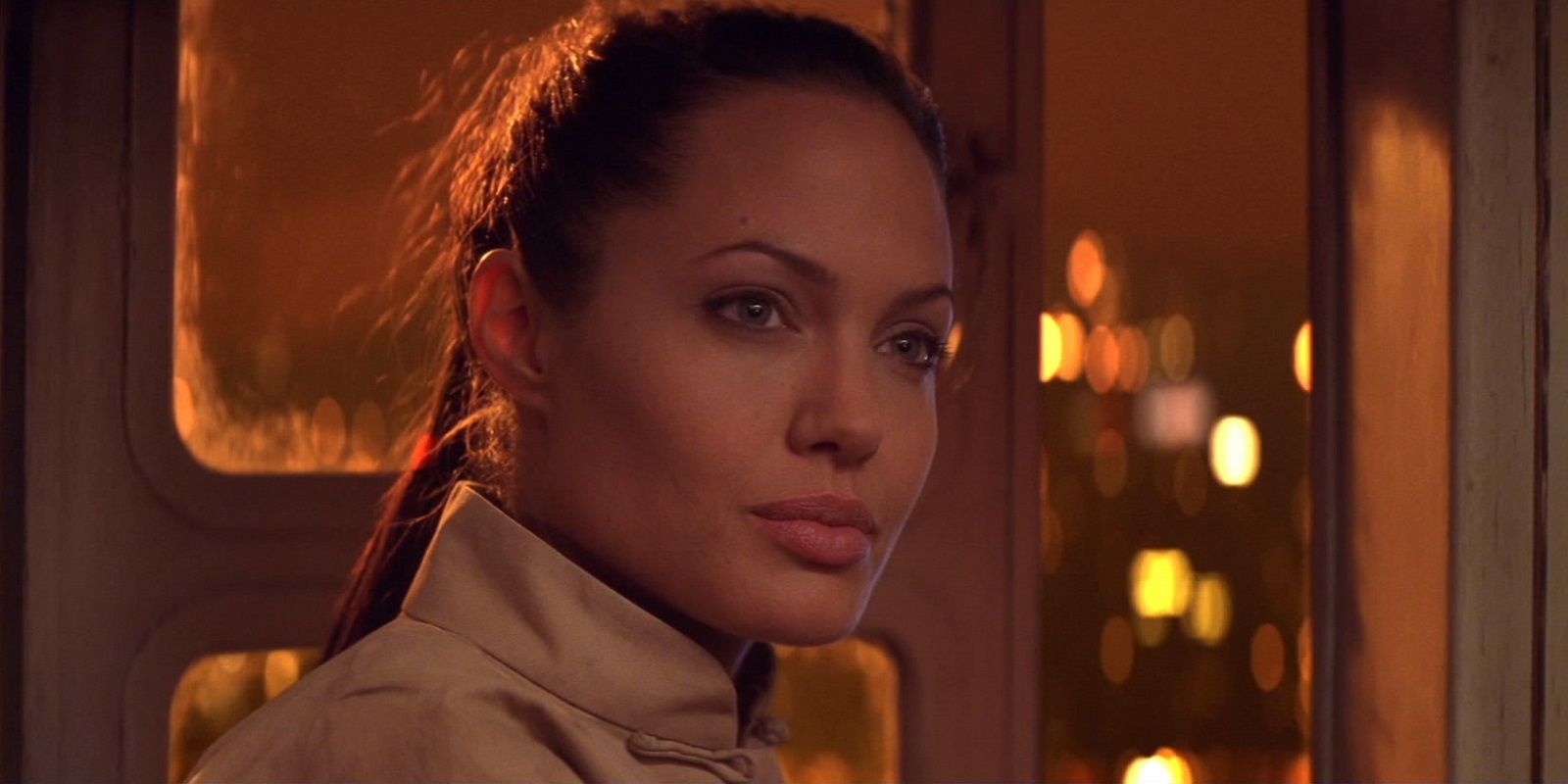Paige O'Hara, the voice of animated Belle in Disney’s Beauty and the Beast, says the princess' look was initially very different. Released in 1991 during Disney's Renaissance period, the animated musical classic was directed by Gary Trousdale and Kirk Wise. Lush and romantic, Beauty and the Beast appealed to adults and children alike and racked up $440 million at the box office. The film was based on the 1756 fairytale by Jeanne-Marie Leprince de Beaumont, telling the story of a young woman named Belle who craves adventure but must exchange her freedom to save her eccentric father, eventually forming a bond with her jailer, the Beast.
SCREENRANT VIDEO OF THE DAY
Beauty and the Beast helped revitalize Disney animation and became an instant classic, and the studio capitalized on its lasting legacy with the Emma Watson-led live-action version in 2017. Watson's iteration of the beloved princess earned an impressive $1.2 billion in the box office and updated the princess' relevance for a new generation. However, nothing can top the lasting impact of the original Beauty and the Beast, which became the first animated movie nominated for Best Picture at the Academy Awards. Audiences fell in love with the charming, down-to-earth Belle, but she almost had a completely different look.
Insider reports that the new Emily Zemler book Disney Princess: Beyond the Tiara includes a section by Paige O'Hara, the original voice of Belle. In the book, O'Hara states the original design for Belle was more glamorous, similar to Hollywood It-Girl Angelina Jolie. See what she has to say below:
She kind of looked like Angelina Jolie — very beautiful. I didn’t see how anybody would identify with that person. You’d look at her and put her on a pedestal. [Animators] changed the look of her. She was a little too perfect.

Though Jolie hadn't quite shot to fame when Beauty and the Beast was released in 1991, the comparison made by O'Hara reveals the alluring look animators were originally going for when they imagined Belle. As O'Hara says, a more glamorous version of the heroic princess wouldn't have been as relatable to audiences. Though Belle does sport the beauty shared by all her other fellow princesses, it's meant to be a more ordinary type, since she acts as a small-town heartthrob when the film opens. Despite her looks being admired by all the villagers in opening song "Belle," those around her are put off by her eccentricities, intelligence, and interest in books. Given this contrast, it's important that Belle possesses attractive qualities, but in an everyday girl-next-door sense rather than the more grown-up, glam look that O'Hara describes.
The animators clearly made the right decision when they shifted Belle's look, based on the film's lasting impact on Disney's animated legacy. As O'Hara says, what makes Belle and other Disney princesses special isn't their perfection, but the ways in which viewers can see themselves in the characters and identify with them. Belle in particular, with her humanity and desire for a more fulfilling life, truly spoke to audiences at the time Beauty and the Beast was released and earned the film four coveted Oscar nominations, even winning one for its moving soundtrack. With its more mature take on a children's fairy tale, Beauty and the Beast set the standard for the mass appeal of current Disney projects, so it's a relief that the animators decided to trust their instincts.
